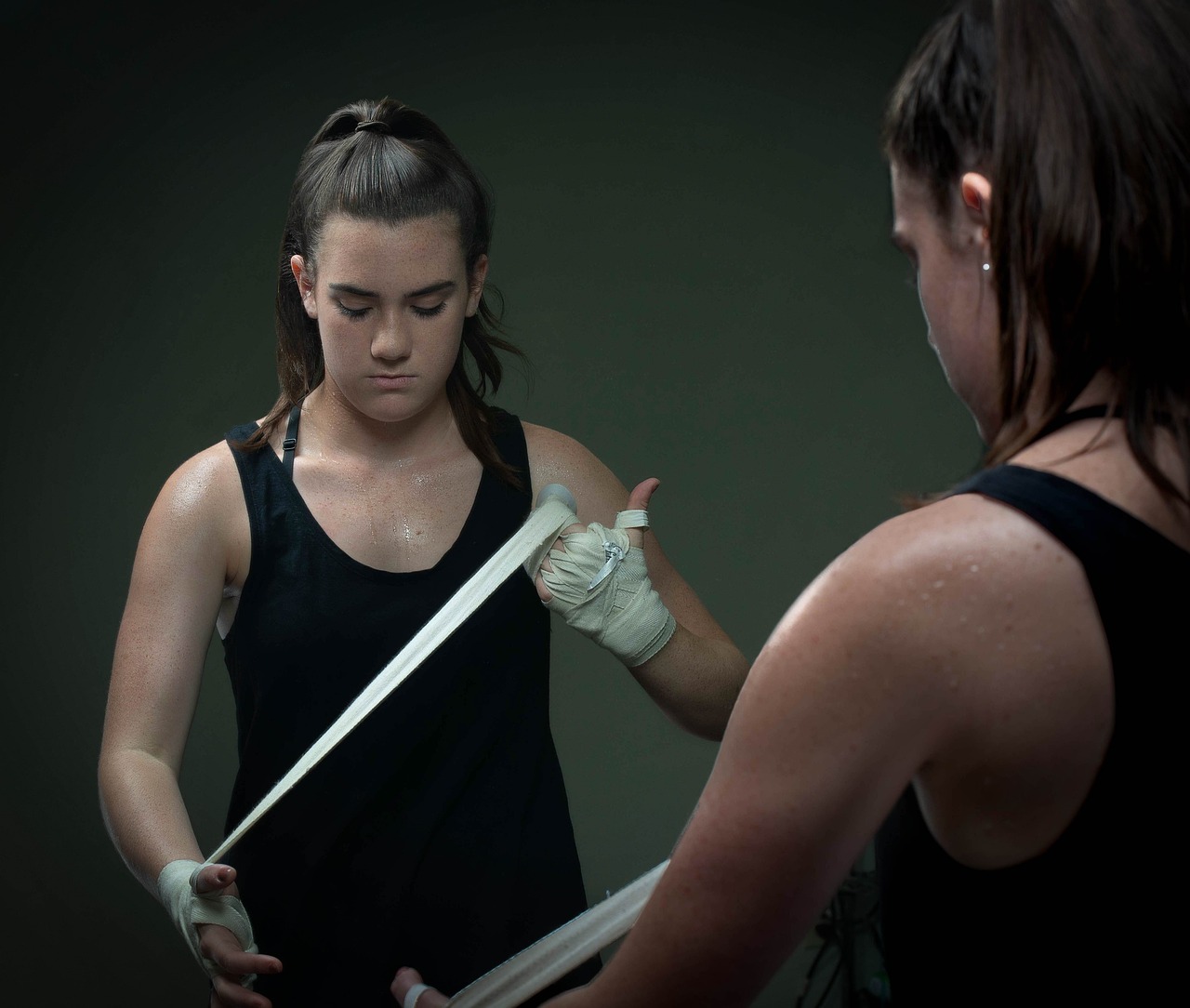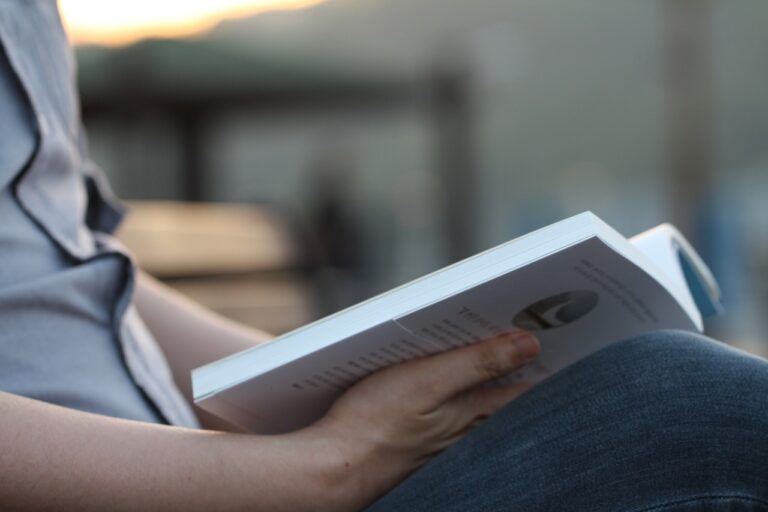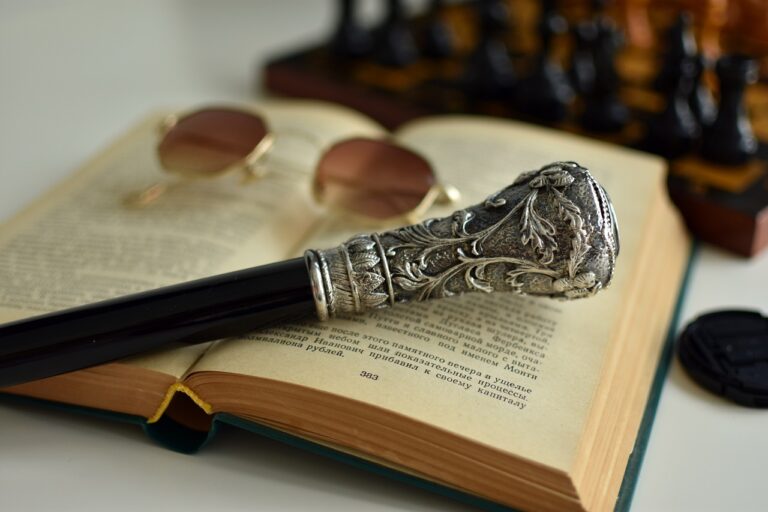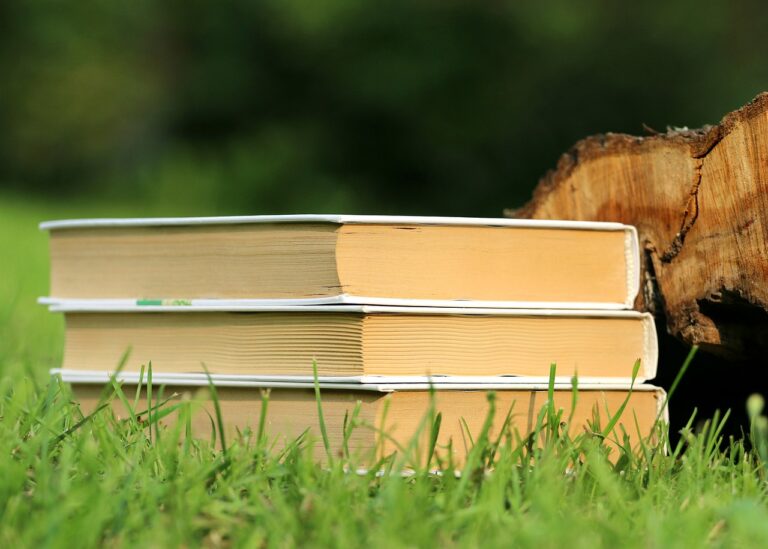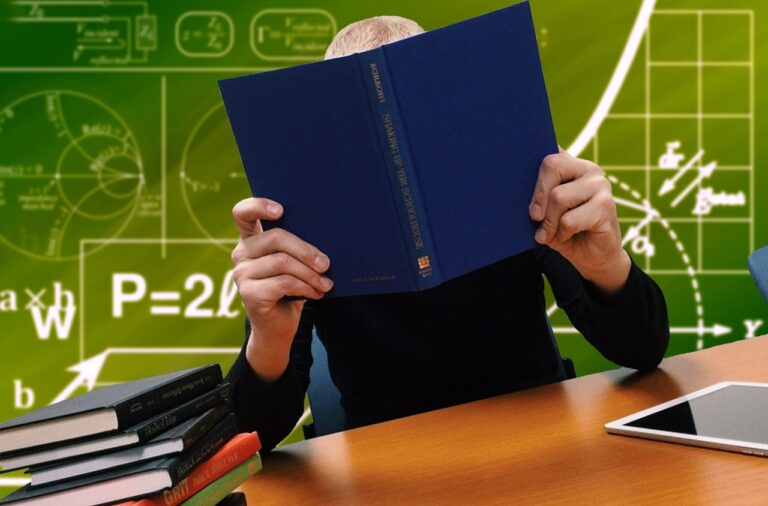Exploring the Use of Virtual Reality in Historical Education
Virtual reality technology has transformed the way we interact with information and has revolutionized the field of education. One of the most exciting applications of virtual reality is its use in historical education. By immersing students in interactive and engaging virtual environments, educators can bring history to life in ways that were previously unimaginable. In this article, we will explore the benefits of using virtual reality in historical education, examine some of the most innovative applications of this technology, and discuss the future of virtual reality in the classroom.
The Benefits of Virtual Reality in Historical Education
There are numerous benefits to using virtual reality in historical education. One of the primary advantages is the ability to transport students back in time and allow them to experience historical events firsthand. By immersing students in virtual re-creations of historical settings, educators can make history come alive in a way that is both engaging and memorable. This can help students develop a deeper understanding and appreciation of the past, as well as foster a sense of empathy for the people who lived through those events.
Innovative Applications of Virtual Reality in Historical Education
There are a variety of innovative applications of virtual reality in historical education. One example is the use of virtual reality to re-create famous historical sites and landmarks. By allowing students to explore these environments in 3D, educators can provide a truly immersive learning experience that goes beyond what traditional textbooks and lectures can offer. Virtual reality can also be used to simulate historical events, allowing students to witness key moments in history and gain a better understanding of the context in which they occurred.
The Future of Virtual Reality in the Classroom
As virtual reality technology continues to evolve and become more affordable, its potential in education is only set to grow. In the future, we can expect to see virtual reality used in a wide range of subjects, including science, mathematics, and literature. Educators will be able to create custom virtual experiences tailored to the specific needs of their students, providing a truly personalized learning environment. Virtual reality will also continue to improve accessibility and inclusivity in education, allowing students from diverse backgrounds to engage with course material in new and exciting ways.
FAQs
What devices are needed to use virtual reality in historical education?
To use virtual reality in historical education, students typically need a virtual reality headset, such as an Oculus Rift or HTC Vive, as well as a computer or gaming console capable of running virtual reality software. Some schools may provide these devices for students to use during class time.
Are there any potential drawbacks to using virtual reality in education?
While virtual reality has many benefits, there are some potential drawbacks to consider. One concern is the cost of virtual reality equipment, which can be prohibitively expensive for some schools. Additionally, some students may experience motion sickness or other discomfort when using virtual reality headsets for extended periods of time.
How can educators incorporate virtual reality into their lesson plans?
There are many ways educators can incorporate virtual reality into their lesson plans. For example, teachers can use virtual reality to take students on virtual field trips to historical sites, or to simulate historical events for a more interactive learning experience. Educators can also use virtual reality to create custom learning experiences that cater to the specific needs and interests of their students.
What are some examples of successful virtual reality programs in historical education?
Some examples of successful virtual reality programs in historical education include the Anne Frank House VR, which allows users to explore the annex where Anne Frank and her family hid during World War II, and Titanic VR, which gives users a chance to explore the wreckage of the Titanic and learn about the ship’s history. These programs provide immersive and educational experiences that bring history to life in new and exciting ways.
Overall, virtual reality has the potential to revolutionize the way we teach and learn about history. By providing students with immersive and interactive experiences, educators can inspire a new generation of learners to engage with the past in meaningful and profound ways.

